If you’re here, you’ve likely faced one of two things:
You’ve had your wake-up call; high response rates, increasing Net Promoter Score (NPS) then suddenly you lose an account, then another, then another.
Or, you’re ready to learn all you can about B2B customer experience (CX) and how it can revolutionize your business when done right.
Were we close? Regardless of where you are in building out a CX program, customer experience has become an undeniable differentiator in the competitive B2B landscape.
Companies in B2B are constantly striving to attract and retain clients, and they’re now understanding it’s no longer just about delivering a product or service — it's crafting memorable experiences that leave a lasting impact on your customers.
And to get you one step closer to CX success, we crafted this guide to unveil the key strategies that will help you elevate your business to new heights.
Whether you're a small startup, an established enterprise, or anything in between, consider our guide your gateway to unlocking the full potential of CX in the B2B world.
Let’s get into it, shall we?
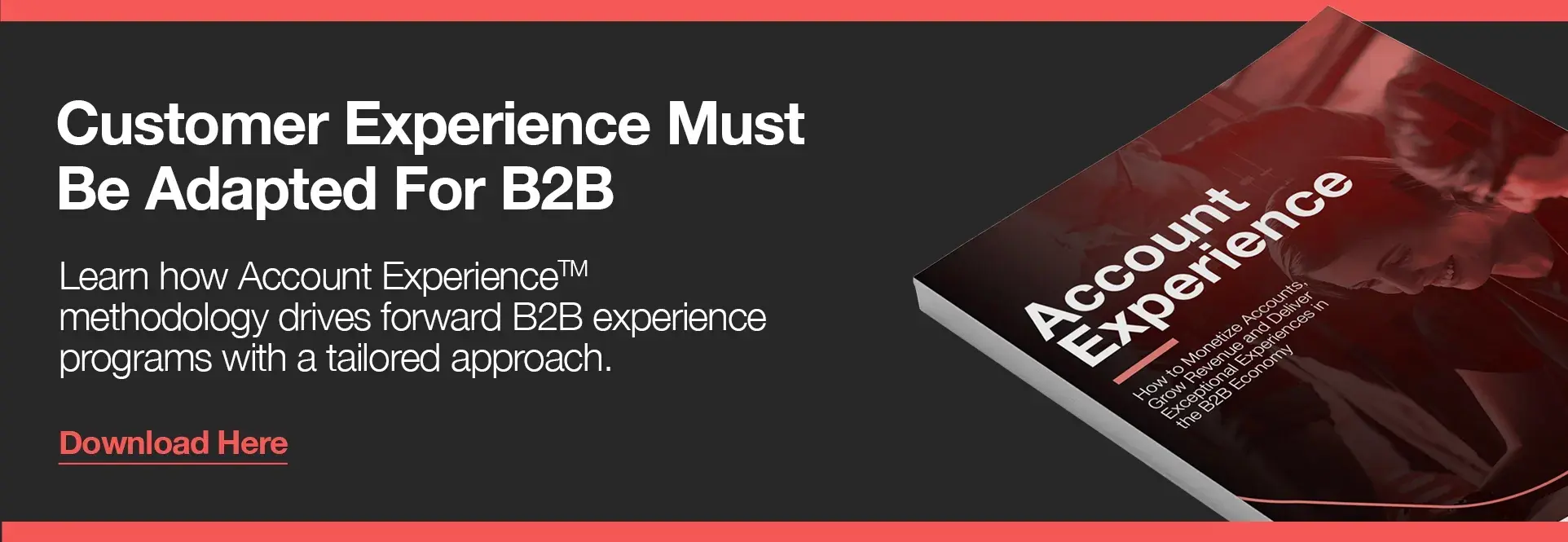
The Difference Between B2B CX and B2C CX
To start, we first need to define B2B CX.
Business-to-Business customer experience refers to the interactions, touchpoints, and overall journey a business has with its corporate customers.
It encompasses every stage, from initial engagement to post-sales support, and aims to deliver exceptional experiences that meet the specific needs and expectations of B2B clients.
So, what’s the difference between B2B and B2C CX?
B2B CX differs significantly from B2C due to a few differentiators, one being the complexity of B2B relationships.
Transactions in B2B involve multiple stakeholders, departments, and decision-makers within both the buying and selling of organizations. Consequently, B2B CX requires a deeper understanding of each client's business, their specific objectives, and the ability to navigate complex buying cycles.
Another big difference is the nature of the purchasing decision.
B2B decisions are typically more deliberative, analytical, and focused on long-term benefits and ROI. B2B customers often conduct extensive research, request proposals, and evaluate the potential impact on their organization's bottom line.
On the flip side, B2C decisions tend to be driven by personal preferences, emotions, and immediate gratification.
Importance of B2B Customer Experience
B2B CX directly impacts customer satisfaction, loyalty, and ultimately, the success of the business itself.
Customer experience impacts both business growth and revenue generation. Why? Because satisfied customers are more likely to become advocates, referring to their network and generating new leads.
Positive experiences also contribute to cross-selling and upselling opportunities, increasing customer lifetime value. In a competitive marketplace, organizations that prioritize B2B CX gain a distinct advantage, as they become the preferred choice for both their product and service.
Long-term partnerships and complex decision-making processes prevail in B2B, so providing a positive CX is crucial for building strong relationships and fostering customer loyalty.
And today, customers have higher expectations than ever before.
They seek seamless experiences, personalized interactions, and value-added solutions. Businesses that fail to meet these expectations risk losing customers to competitors who prioritize CX. Seriously — according to a study by PWC, 86% of buyers are willing to pay more for a great customer experience.
It doesn’t stop there; at least 80% of B2B customers expect a B2B experience that is as good or better than B2C, demonstrating the high expectations that customers have for their business interactions.
By understanding and addressing the unique pain points, challenges, and goals of B2B customers, companies can establish themselves as trusted partners driving mutual success.
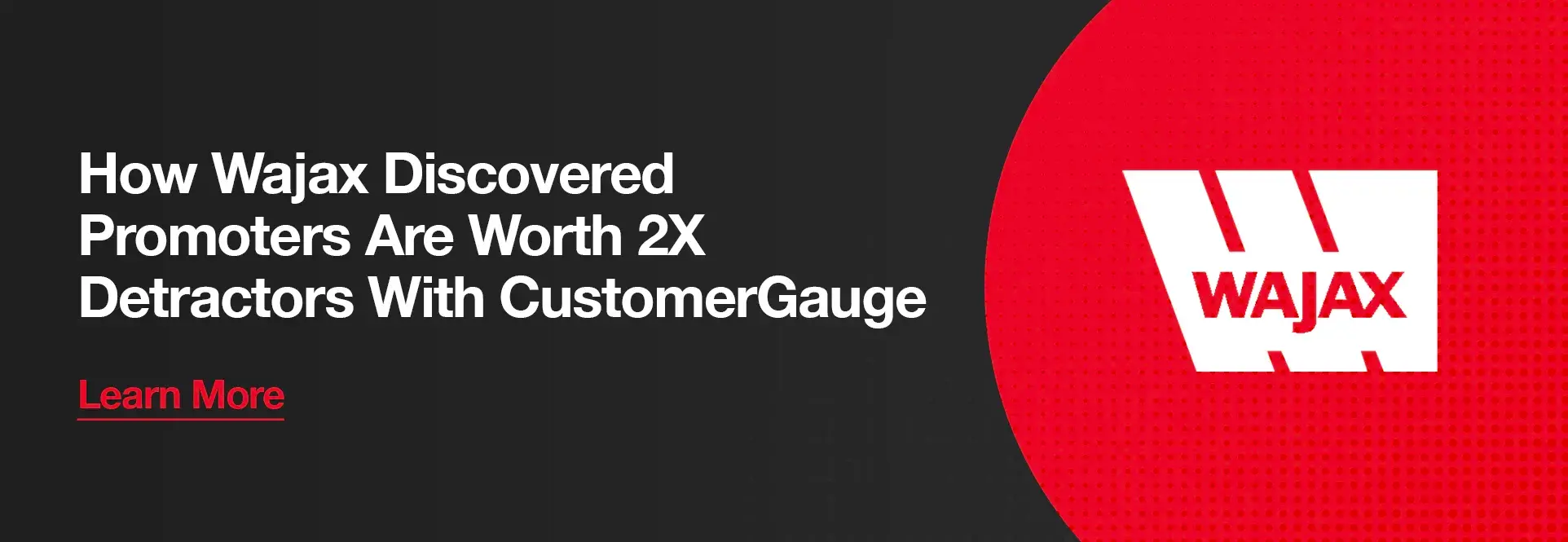
Reasons Why CX Programs Fail
Where B2C organizations manage the experiences of single contacts, B2B must grapple with the consideration of both individual and collective experiences.
That’s why despite understanding the vital contribution CX has on their bottom line, many B2B companies struggle to enact a streamlined approach across their customer journey.
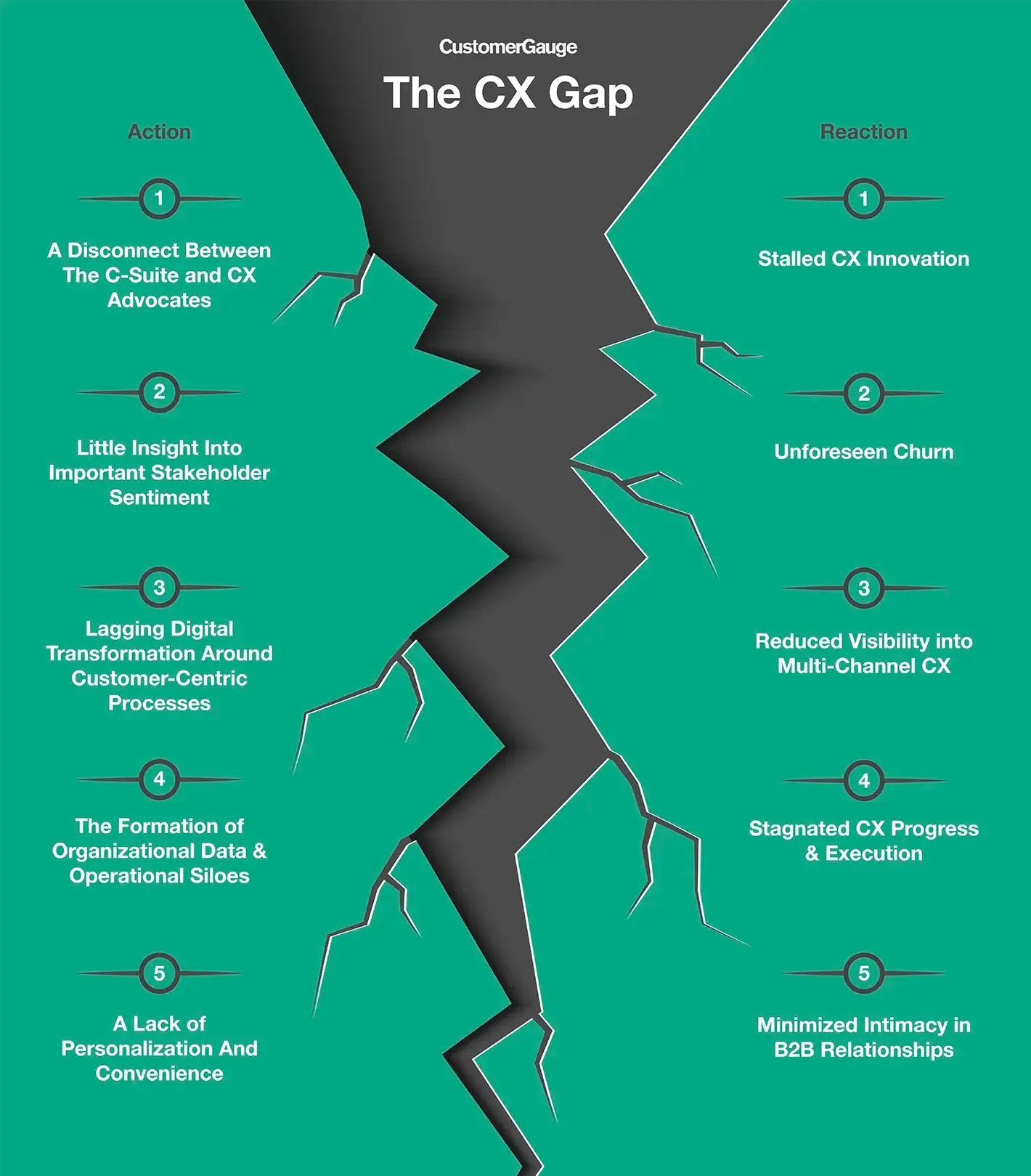
A few challenges B2B companies face when building out their CX program include:
Internal misalignment. A lack of clear mission or goals for the CX program, or inadequate communication of these objectives to employees, can lead to internal misalignment. Establishing a shared understanding of the importance of CX and fostering a customer-centric culture throughout the company is crucial for success (more on that later).
Lack of technical support. B2B companies deal with multiple contacts per client, complex customer journeys, and partner ecosystems. Without the right technology infrastructure and tools in place, managing and delivering personalized experiences at scale becomes challenging. Having robust CX platforms and analytics capabilities is essential to effectively track and engage with B2B customers throughout their journeys.
Siloed data. According to our research, 61% of B2B experience programs are isolated to one department. Data siloes can severely impact a company's CX efforts and hinder growth. B2B organizations must break down data barriers and integrate their customer metrics to gain a comprehensive understanding of the customer experience.
Delay in digital transformation. Don’t let old ways prevent you from new growth! Digitalization is vital for B2B companies to thrive in the modern CX landscape. By leveraging digital tools, automation, and data-driven insights, businesses can identify pain points, optimize processes, and deliver more seamless and personalized experiences to their B2B customers.
By addressing these key areas, B2B companies can build CX programs that foster customer loyalty, drive revenue growth, and maintain a competitive edge in the market.
How to Build the Foundation of Exceptional B2B CX
Any great program needs a strong foundation to continue building on.
Let’s dive into four ways organizations can start thriving in the B2B landscape.
1. Map your company's B2B customer journey
A great place to start is by fully understanding the B2B customer journey your customers take.
By mapping out the various stages a B2B customer goes through, from initial awareness to post-purchase support, businesses can identify the most important touchpoints to meet customer expectations at each stage.
Not all customer journeys are the same, however, below is an example of what yours could look like.
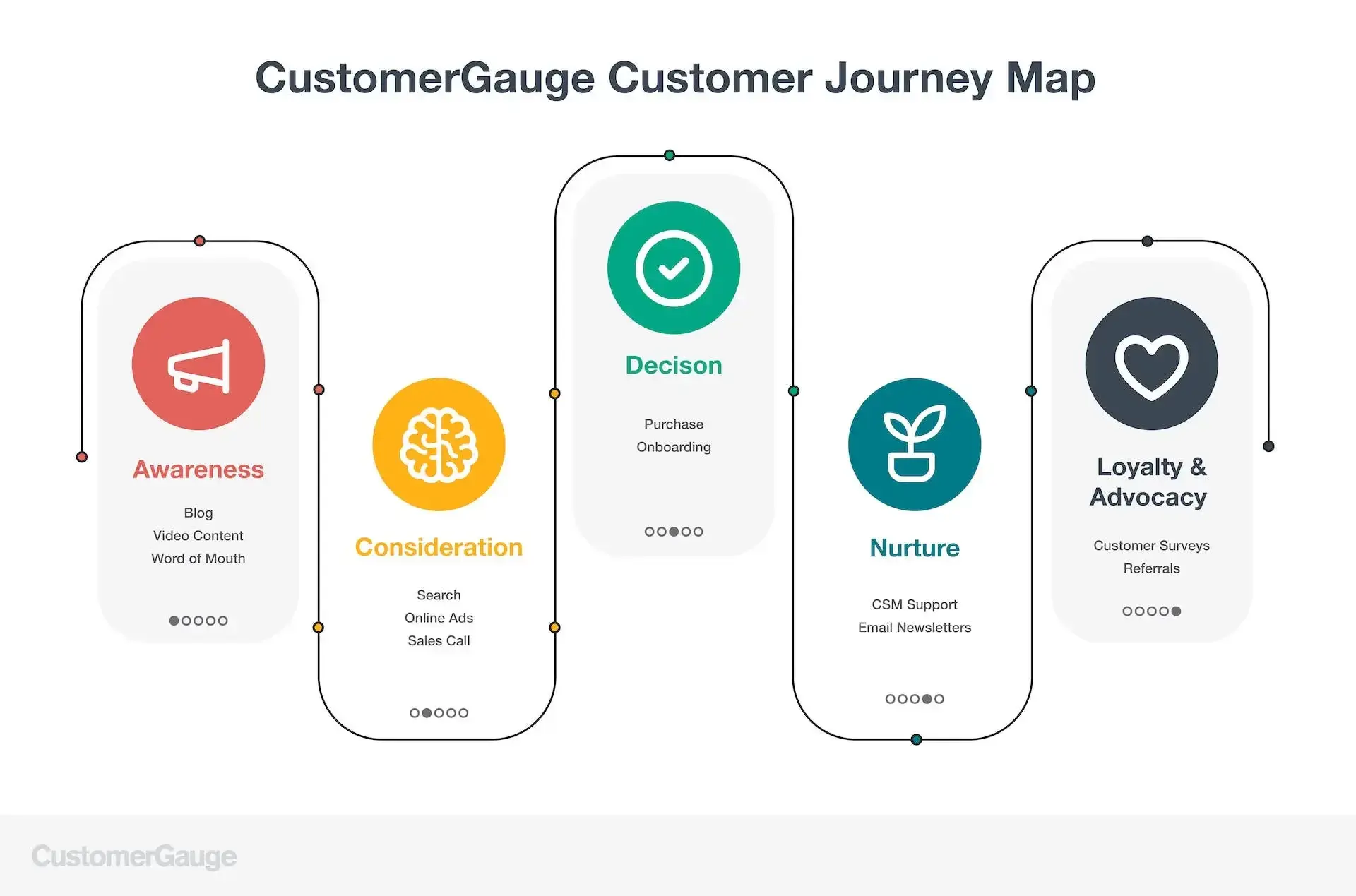
Within the B2B customer journey, certain touchpoints and interactions hold more significance than others.
These touchpoints are pivotal moments where businesses can make a lasting impression.
By identifying them, such as initial inquiries, proposal submissions, or product implementations, organizations can focus their resources and efforts on delivering exceptional experiences that drive customer satisfaction and loyalty.
Of course, it goes without saying, customer feedback is one of the most valuable resources for optimizing the B2B customer journey.
By actively seeking and analyzing customer feedback, companies can gain insights into pain points, areas of improvement, and opportunities to enhance CX.
Leveraging customer feedback allows businesses to…
Make data-driven decisions
Refine touchpoints
Create a customer journey that aligns with customer expectations
All three together result in providing seamless experiences for the customer no matter where they are in their journey with your business.
👉 Learn how to create an effective customer journey map for B2B CX here
2. Form a CX committee
Easier said than done, right? Influencing your company to become customer-centric takes time and effort, but everyone starts somewhere.
Begin by aligning a few members of the organization on future goals.
When you bring in members from each department to share a common vision of prioritizing CX, it creates a cohesive and seamless experience for B2B customers in the end. Plus, when you start breaking down silos and promoting collaboration, businesses can deliver a unified and consistent experience across touchpoints.
Of course, to have new missions stick you need leadership on board. Top management plays a pivotal role in driving and sustaining a customer-centric culture.
It starts with leaders demonstrating their commitment to CX excellence and actively participating in CX initiatives.
By setting clear expectations, providing resources, and leading by example, management can empower employees to prioritize and deliver exceptional CX.
It’s when you foster a culture of ownership and accountability, employees become brand ambassadors, capable of providing personalized and tailored experiences to B2B customers.
3. Leverage CX data and insights (and tie them to revenue!)
If we’re speaking to the true foundation in B2B CX, it’s collecting relevant customer data — you can’t have a CX program without it.
By utilizing feedback methods such as NPS surveys, organizations can gather valuable insights into customer preferences, behaviors, and pain points. Then, analyzing this data enables businesses to identify trends, patterns, and areas where CX improvements are needed.
With the right NPS software like Account Experience, businesses can keep a pulse on customer health in real-time. It’s all about working smarter, not harder.
Utilizing a tool that can help with data segmentation, predictive analytics, sentiment analysis, and more businesses can uncover hidden patterns and trends that drive CX enhancements.
These insights can inform strategic decision-making, personalize interactions, and drive targeted improvements that resonate with B2B customers.
And tie these metrics to revenue! We’ve found that 70% of businesses don’t — you don’t want to be one of them.
By measuring Promoters, Passives, and Detractors against financial data, you have a new opportunity to:
👍 Learn the portion of revenue that is at risk
👍 Know high-priority CX to focus on
👍 Understand which opportunities could lead to the highest growth
See how Engro Polymer and Chemical Ltd.'s CX program helped grow their top-line by 17%💡
4. Close the loop to strengthen customer relationships
When B2B customers take the time to provide feedback, whether positive or negative, it indicates their investment in the relationship.
Closing the loop with customers is one of the fundamental parts of your CX efforts. In short, it means acting on your customer's feedback, whether positive or negative, and reaching out to tell them what you have done.
It’s a process that demonstrates that they value their customer's opinions and are committed to their success, and it can yield big results.
Our research has shown that closing the loop within 48 hours can lead to a 12% increase in retention.
A proactive response to feedback not only builds trust and strengthens the customer relationship, but fosters a culture of open communication.
When a customer has a pain point or thinks that something can be better and then they are brave enough to share that feedback, there's now this responsibility to take that feedback and turn it into a solution or an answer.
To ensure a seamless closed-loop feedback strategy, businesses should establish clear channels for customers to voice their concerns and ensure these channels are actively monitored.
Implement strong customer support systems and empower frontline employees to handle and resolve issues to offer prompt assistance and demonstrate their commitment to exceptional CX.
Just showing you heard the customer and will consider their feedback makes a huge difference — take a look at the impact closing the loop has on NPS.
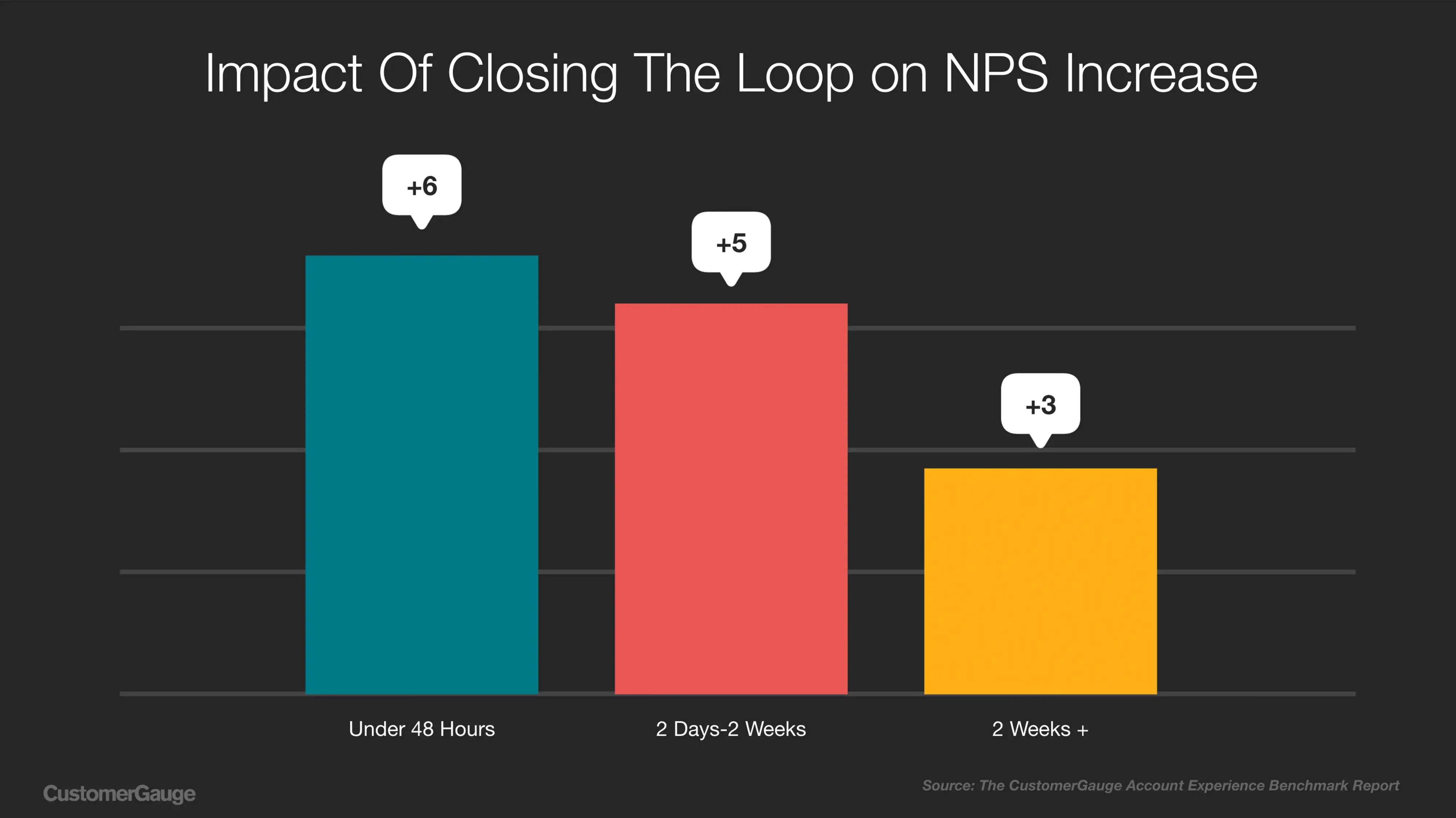
World-Class B2B CX Programs
By analyzing industry-leading companies and their CX strategies, we gain real-world insights that can be applied to our own business contexts.
Coca-Cola HBC
It was key for Coca-Cola HBC to break down internal silos across the business.
Other support functions weren’t seeing unhappy customers as a top priority because they weren’t fully involved. So, they implemented NPS across all departments, introducing total transparency in both customer and internal feedback.
Since launching their CX program, every functional leader now has a “map” of who is bonding well, where the tensions lie, and focus areas to start shaping their new culture and improving the speed and efficiency of cross-culture collaboration.
“One of the most beautiful insights we got was that pain points of our front liners are completely matching those of our customers.
So, this was also a way to get priorities for other functions — last week there was a CFO meeting and they started with NPS, it become their priority… Now, not only do we talk the same language as NPS but they all have their priorities.”
— Natasa Prodanovic, Head of Lean and Agile Center of Excellence at Coca-Cola HBC
Engro Polymer and Chemicals Ltd.
Engro Polymer and Chemicals Ltd. was founded as a fertilizer business in 1965 and has since grown into the sole chemical manufacturer of polyvinyl chloride (PVC) resin in Pakistan.
CEO and Co-Founder of CustomerGauge, Adam Dorrell, recently interviewed Muhammad Idrees, Chief Commercial Officer at Engro, and when asked how can you make selling a commodity different? He answered: "Simple — make it a great experience."
After a few years of working with our AX software and methodology, Engro has since achieved incredible milestones, including our AX Award for their account response rate of 99% two years running, and a 16% increase in NPS.
Eaton
Eaton Corporation is a multinational corporation that offers a wide range of products–including electrical products, vehicles, hydraulic products, and more. Eaton has divisions all over the world and works with multiple layers of customers in both the B2B and B2C contexts.
For that reason, customer support, feedback, and follow-up are more complex at Eaton than they do at other organizations.
Using CustomerGauge, Eaton has developed an approach that helps them successfully tackle the challenges of multi-layered customer support and collect and act on feedback to create a stronger, better customer experience.
“We used to have very long surveys, which sometimes took half an hour or even longer for the customer to read,” says Renan Cardoso, Senior Customer Experience Marketing Analyst at Eaton.
“I feel embarrassed even thinking about that! CustomerGauge’s surveys, on the other hand, are quick and simple, making the process easier for Eaton and their customers. Using CustomerGauge’s methodology makes it much easier for us to work with survey results and our customers are happier because our surveys take two to three minutes compared to more than half an hour.”
Start Building a World-Class CX Program With CustomerGauge
Don't know where to start? We can help with that.
Our team is always at the ready to answer any questions you have about your B2B customer experience, whether you're starting from scratch or looking to level up.
Reach out to our team today to see our software live or to simply learn more about Account Experience.
Looking forward to hearing from you!

